How to plant a spruce?

Engaged in landscaping and arranging a house or suburban area, most people choose exactly evergreen shrubs and trees. Spruce is a striking representative of the flora that is used to equip the territory. Attracted in this plant is the incredible smell of pine needles, which, as it were, envelops the entire space, and the original appearance.
In this article, we will talk about what types of this culture exist, we will outline the rules for planting its seedlings and caring for them.
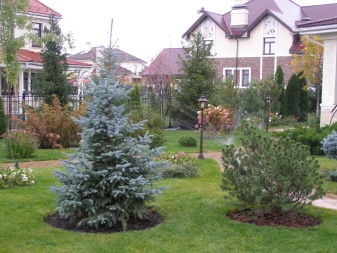
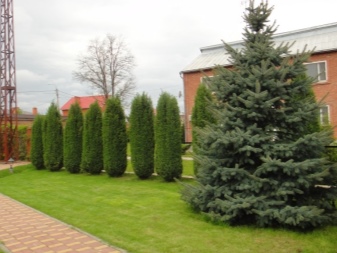
The best species and varieties for planting
Everyone knows that spruce belongs to conifers. Today, it is their decorative specimens that are considered the most successful plant option for landscape design. This tree can hardly be called particularly demanding - almost every seedling takes root if you adhere to the planting rules, but more on that later. First you need to decide on the type of spruce.
Recently, the choice of such a plant has become difficult, because thanks to the fruitful work of breeders in the world there are more than 40 species of it. It is important to choose the right type of tree.
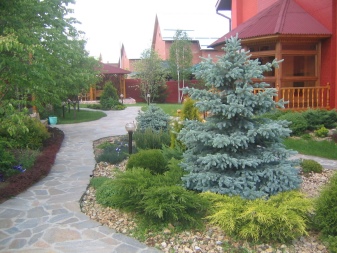
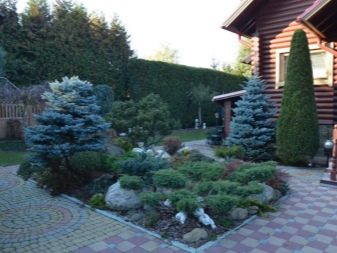
Then, thanks to the knowledge of its characteristics, it is possible to determine the future dimensions of the tree and its decorative properties. It should be understood that if your site is small, then for sure you will not be suitable for a tall variety.
So, let's look at several types of spruce.
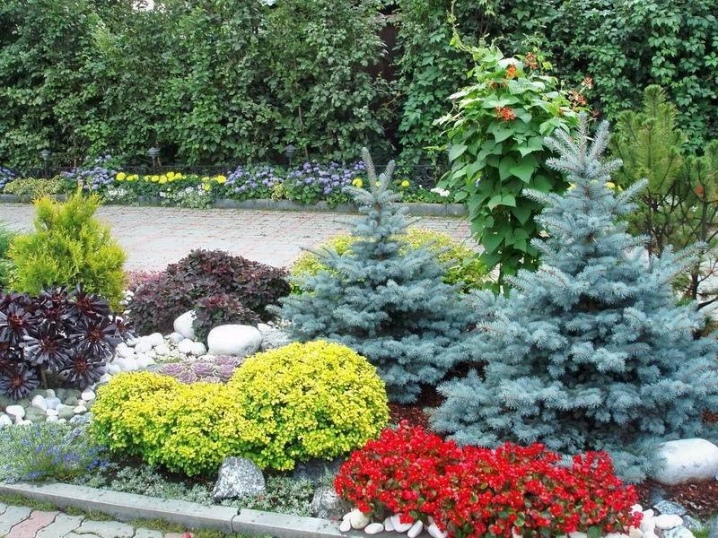
European spruce (ordinary). If you take care of it properly, the height of the tree can reach 30 meters, but the diameter of the crown can be up to 5 meters. Of course, Norway spruce can be smaller, for example, the height of some plants does not even reach 8 meters.
Dwarf varieties of such a plant are in demand with the consumer. They are used primarily to create hedges. This spruce is also called "creeping". Its height does not exceed one meter.
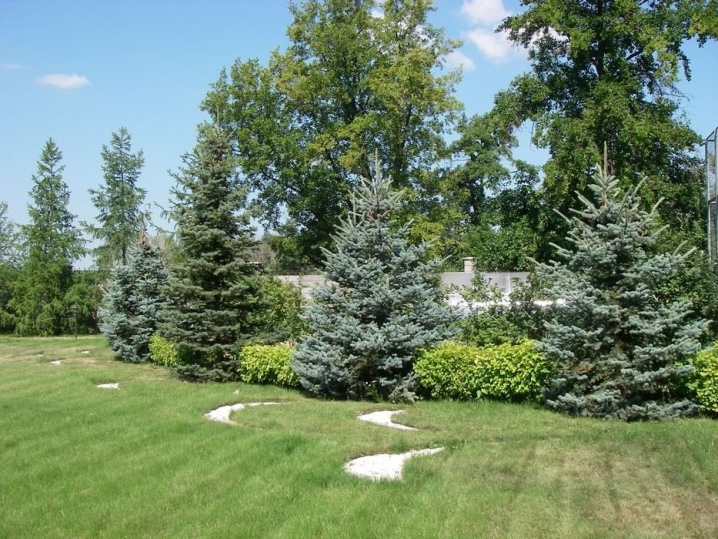
This type of wood is very resistant to frost and temperature extremes.
The most popular varieties of European spruce:
- Columnaris;
- "Inverse";
- "Tompa";
- "Compact";
- Elegance;
- "Nane";
- Gregorians;
- "Ekhinaformis";
- "Clan - Brasilianne".

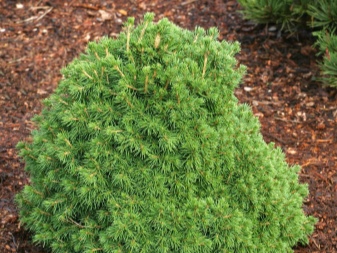
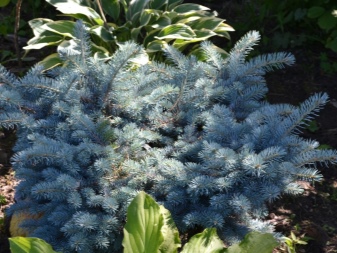
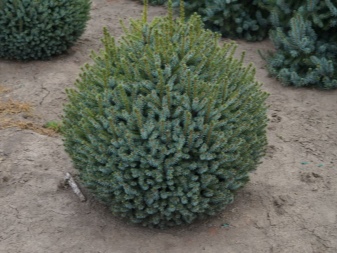
Blue spruce (prickly). This is a common type of tree, which is often used for the improvement of local areas.
Outwardly, the plant resembles a pyramid, on which there are many sharp needles, each 2-3 centimeters long.

The maximum height of blue spruce reaches 25 meters. This species is able to withstand both extreme heat and frost. I would like to note the following varieties of this type:
- Hoopsi;
- Glauca;
- Iseli Fastigiata.
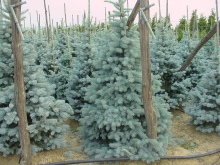
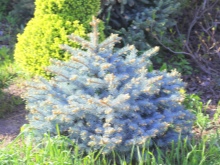
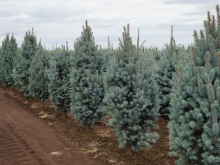
Serbian spruce (Balkan). Plant height can reach 30 meters. It is immune to drought and does not need constant exposure to sunlight, so it is possible to plant a seedling in a shaded place. The originality of the appearance of the plant is given by the shoots that form on the branches and hang down like a beautiful fringe.
Most often, the following varieties of Balkan spruce are grown at home:
- Grom;
- KareI;
- Pendula Globe.
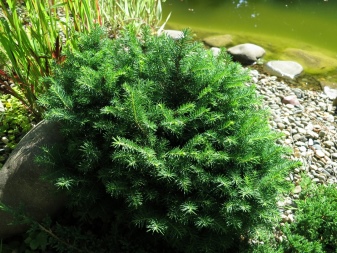
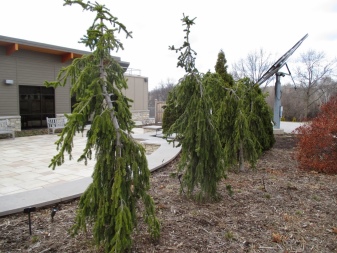
Canadian spruce (gray, white). This species belongs to winter-hardy and early-growing plants.
No special soil is required for planting it - anyone will do. In its natural habitat, the height of the tree can reach 30 meters.
There are many varieties of dove-eaten, and their number is increasing every year. Today, the most popular varieties are:
- Albertiana;
- Rendula;
- "Konika";
- Alberta Globa.
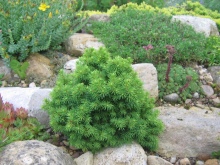
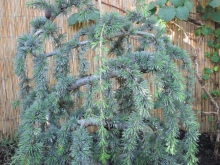
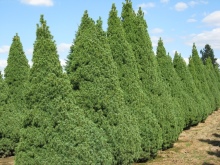
Siberian spruce. The tree copes well with frost and harsh winters, so it can often be seen on the territory of houses and summer cottages in the northern regions. The shape of the crown of the plant resembles a cone. The tree is characterized by a dark green color that does not change throughout its life. The most widespread variety of Siberian spruce is Glausa.
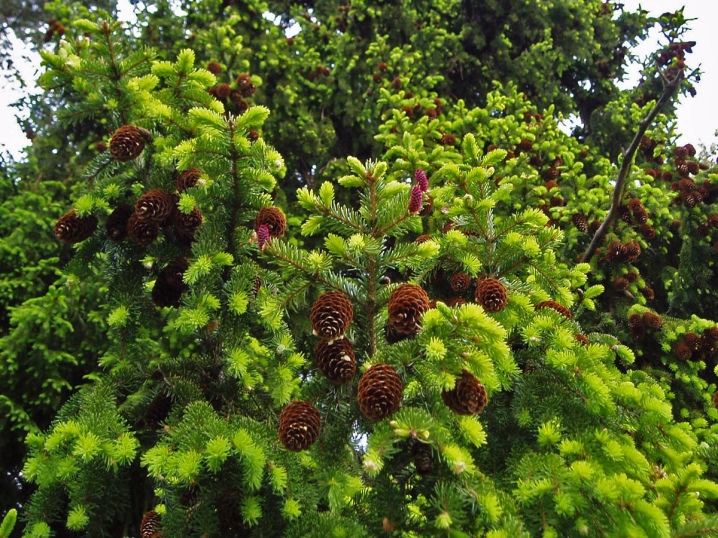
Tien Shan spruce. This coniferous forest beauty is characterized by the presence of a narrow crown and needles, the length of which can reach 4 centimeters. The homeland of the plant is China. For the full and proper growth of Chinese spruce, you need a lot of sunlight and soil with a high level of moisture. These requirements must be taken into account when choosing a given type of plant. The most popular variety is Globoca.
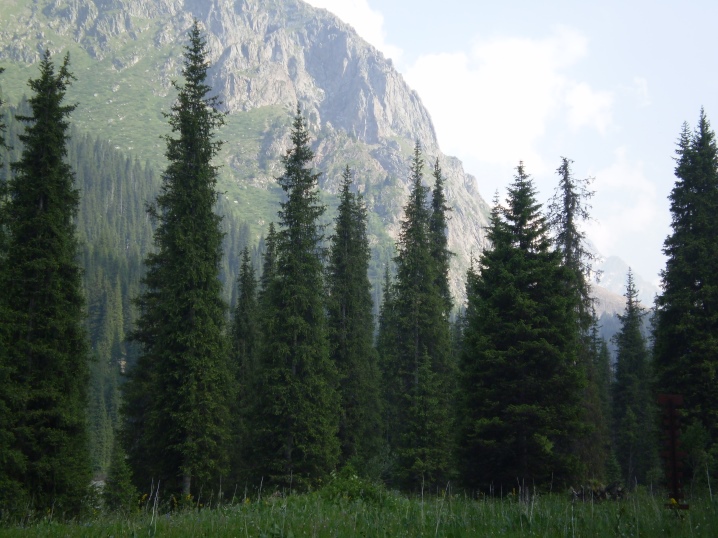
The right time for planting
Very often, beginners have a question about what time of year it is best to plant an evergreen coniferous tree. The question is quite logical and correct, because in order for the plant to take over and grow well, you need to decide on the time of planting.
Experts say that spruce can be planted in the ground both in autumn (in September) and in spring (around mid-April).
If the seedling was grown in a special tank and not transplanted, it is best to transfer it to the ground on the site in June. By this time, the earth will warm up, and the root system of the plant will not be damaged.

Seat selection
Also an important criterion for planting a tree is to determine a suitable place for it. REarlier, we have already said that this is influenced by the type and variety of spruce, because each of them is characterized by its own parameters that must be taken into account.
The size of the tree can be impressive. You can plant a spruce anywhere - in a summer cottage, near a private house. It is also possible in the courtyard of an apartment building, if free space allows.
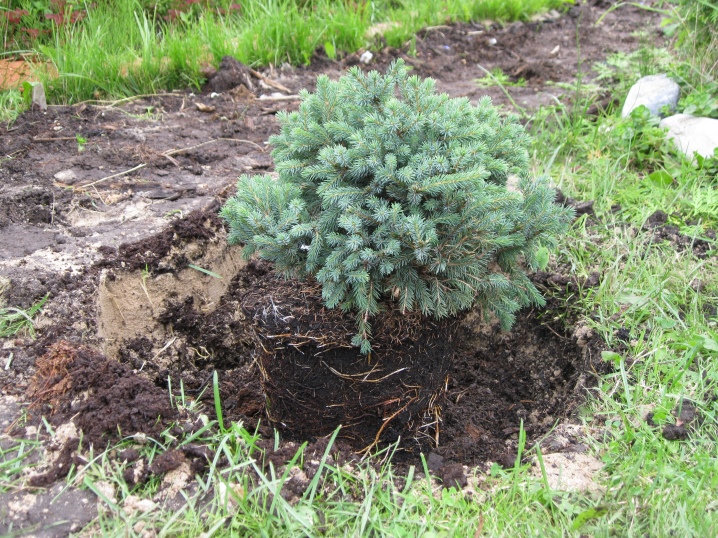
Here are some useful tips for choosing a specific location.
- Do not place the plant near a high voltage line. The tree will grow and begin to reach the wires with the top of the crown, thereby provoking an emergency.
- If possible, identify a plant near a body of water, as it loves moisture.
- Experienced plant breeders say that such a tree should not be planted in the garden next to fruitful trees and crops. It absorbs all the moisture that is in the soil, and, most likely, other plants will simply die because of this or begin to bear poor fruit.
Given these recommendations, you can correctly determine the place for planting a coniferous tree, which will become an ideal gray-haired habitat for it.

Landing rules
For planting in open ground, young seedlings are ideal, the age of which ranges from 2 to 3 years. So, it is necessary:
- Decide on the landing site.
- Prepare the pit. Its dimensions must correspond to the size of the seedling. If several trees are being prepared for planting at once, then it is imperative to plant them, observing the distance between them 2.5 meters.
- Soil preparation. It is harvested in advance. Soil is drainage, which is laid down to the very bottom of the pit. Its layer should be between 15 and 20 centimeters. Drainage can be made from rubble, sand and broken bricks.
- Sapling placement. It is not recommended to deepen it. Focus on the fact that the level of the root collar is 5 centimeters above ground level.
- Pour in a fertile mixture. You need to stock up on fertile soil in advance. This mixture is sold in specialty stores. You can also prepare it yourself from turf and leafy soil, peat and sand. When the seedling is placed in the hole, you need to pour out the substrate and lightly tamp it.
- Next, you need to water the seedling abundantly and cover it with soil.

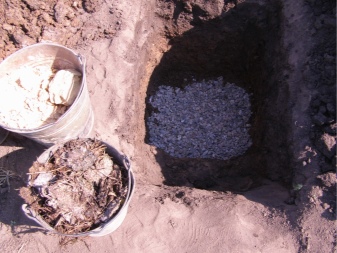
As you can see, the landing rules are quite simple. By adhering to them, this process will take place quickly and correctly.
Many may wonder about where to get a spruce seedling for planting. There are several options.
- Grow from seeds. This is a very complex method that requires certain knowledge, skills and time. Seeds are often bought at specialized outlets, but at the same time there is a high probability that the wrong variety will be sold to you. If you have already decided to grow a spruce from seeds, then it is best to collect them yourself from a cone. The cones collected in the forest in the fall are dried, and only after that the planting material is selected from them.
The collected seeds are treated with a special solution - a solution of potassium permanganate is ideal. Then they are placed in a tank, into which you need to pour the calcined sand in advance.
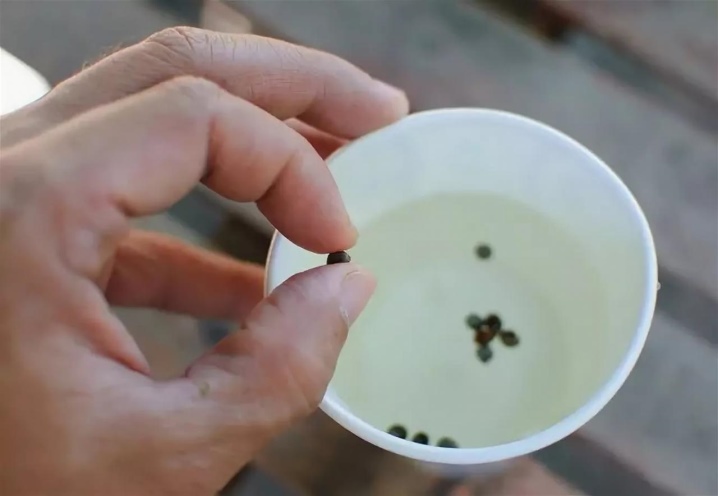
You need to bury the seeds in the ground by about 2 centimeters. Next, the container is placed in the refrigerator.
With the arrival of spring, seeds can be removed from the refrigerator and placed in a warm and sunny place. After about 30 days, you can see the emergence of sprouts. When the weather becomes constantly warm, the seedling from the pot can already be transplanted to its permanent habitat.

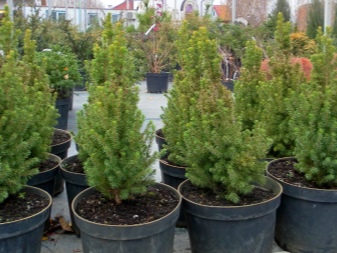
- Growing a seedling from a cutting. This is the most popular and quickest method to grow your own spruce. To do this, use a cutting that can be brought home from the forest.

- Buy in the nursery. This method is used by those who want to simplify their task as much as possible. There are special nurseries in which already sprouted seedlings are sold. They only need to be brought home and planted in a suitable place.
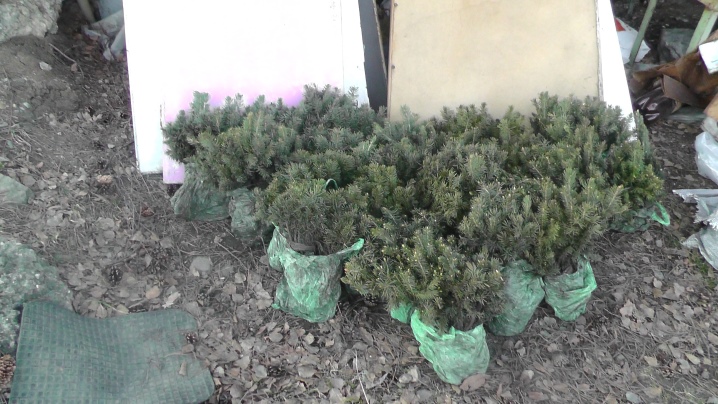
Further care
A coniferous plant, like any other, needs care, which in the future will be the key to its health and beauty.
There are certain requirements for caring for the plant.
- You need to water the spruce regularly, as it is very moisture-loving. The abundance and frequency of watering is influenced by the belonging of the tree to a particular variety. There are spruce species that do an excellent job with drought and can withstand even months without watering. But there are others for whom regular and abundant watering is important. These include highly decorative spruces. They need to be watered once a week, the volume of water should be about 12 liters. It is very important that during watering, water falls exclusively on the base of the plant, but not on the coniferous part of it.
- Periodically you need to mulch the ground. The bark and sawdust of coniferous trees can be used as mulch.
- If you take good care of the plant, you may not need to feed it. But for prevention, you can buy special complex fertilizers once a season and feed the plant with them. A seedling that has been planted in open ground quite recently needs growth stimulants.
- A well-formed crown is the key to the excellent appearance and health of the needles. With the arrival of autumn and spring, it is imperative to prune it, the essence of which is the removal of diseased branches from the tree.
- As the spruce grows, carefully monitor its condition. This is a tree that is susceptible to various fungal diseases. Most often it suffers from the attack of such fungi.
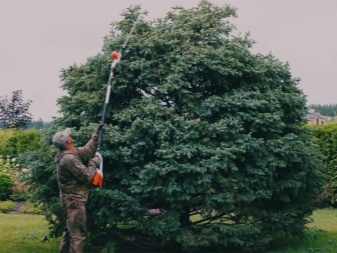
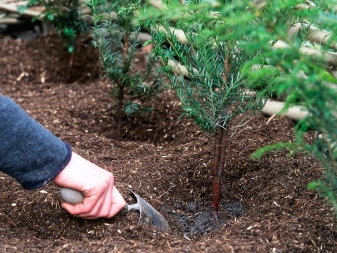
- Schütte - if a tree is attacked by this pest, its needles turn brown and fall off. To determine the presence of a disease, it is enough just to carefully look at the needles - they become dark in color.
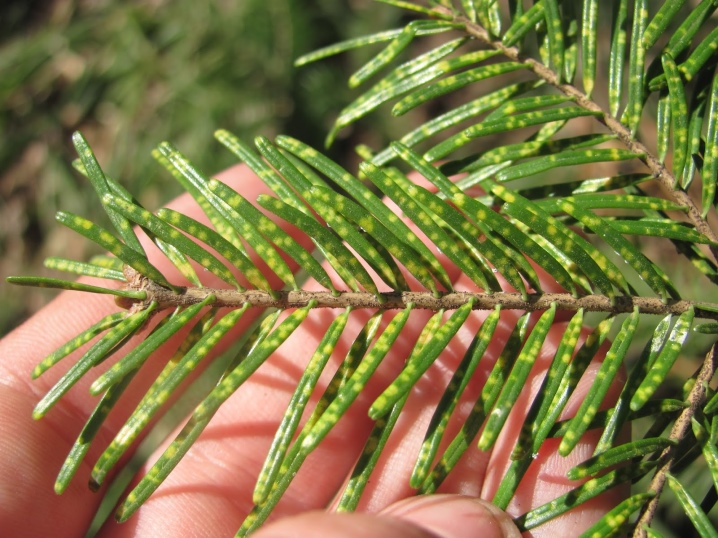
- Gray mold - damages young plants. If a grayish bloom appears on the branches, then the fungus has begun to infect the spruce. As soon as the disease was noticed, it is immediately necessary to undergo a course of treatment, otherwise the parasite will spread to the tree and destroy it. Excess moisture can be the cause of this disease.

Also, very often the spruce is attacked by pests, among which the most dangerous are the spruce tick, hermes, spruce sawfly, bark beetle, spruce aphid.
If you notice that insects have appeared on your tree or it has undergone a fungal disease, do not despair.All the necessary preparations for the treatment of conifers can be purchased in specialized stores.
Take into account all the above recommendations, and you can be sure that the conifers on your site will be strong, healthy and beautiful, complement the landscape design and will delight the eye for a long time.
How to properly plant a spruce, see below.



































































The comment was sent successfully.